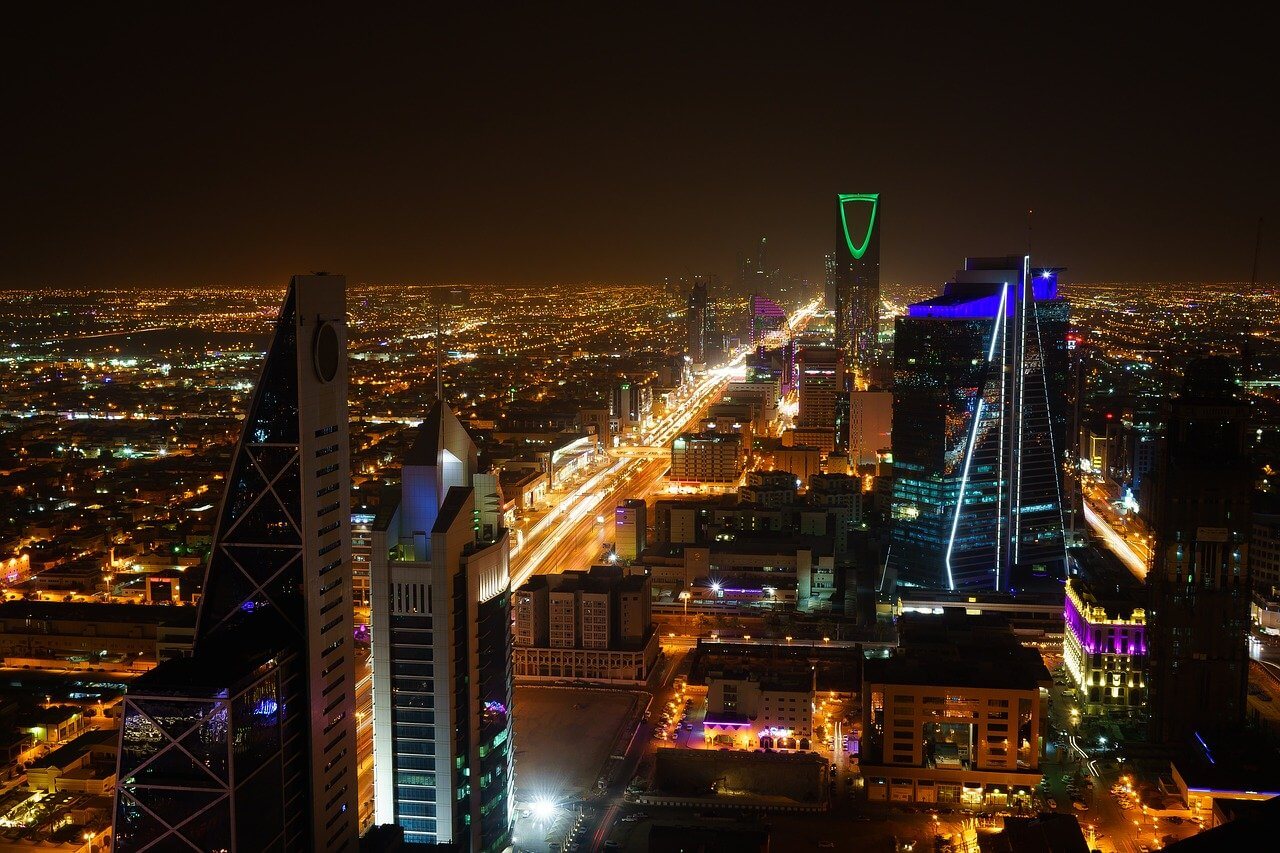
Saudi Packages
Though people of various cultures have lived on the Arabian Peninsula over a span of more than 5,000 years, the harsh climate historically prevented much settlement, except in major oases. Most of the great empires of the ancient world traded with the Arabian Kingdoms that commanded the important spice trade routes in the peninsula.. Colorful markets, desert landscapes, coral reefs, rock engravings, ancient monuments, the country has so much to offer to those who choose to venture in it and explore a nation that is seldom exposed to the eyes of the outsiders.

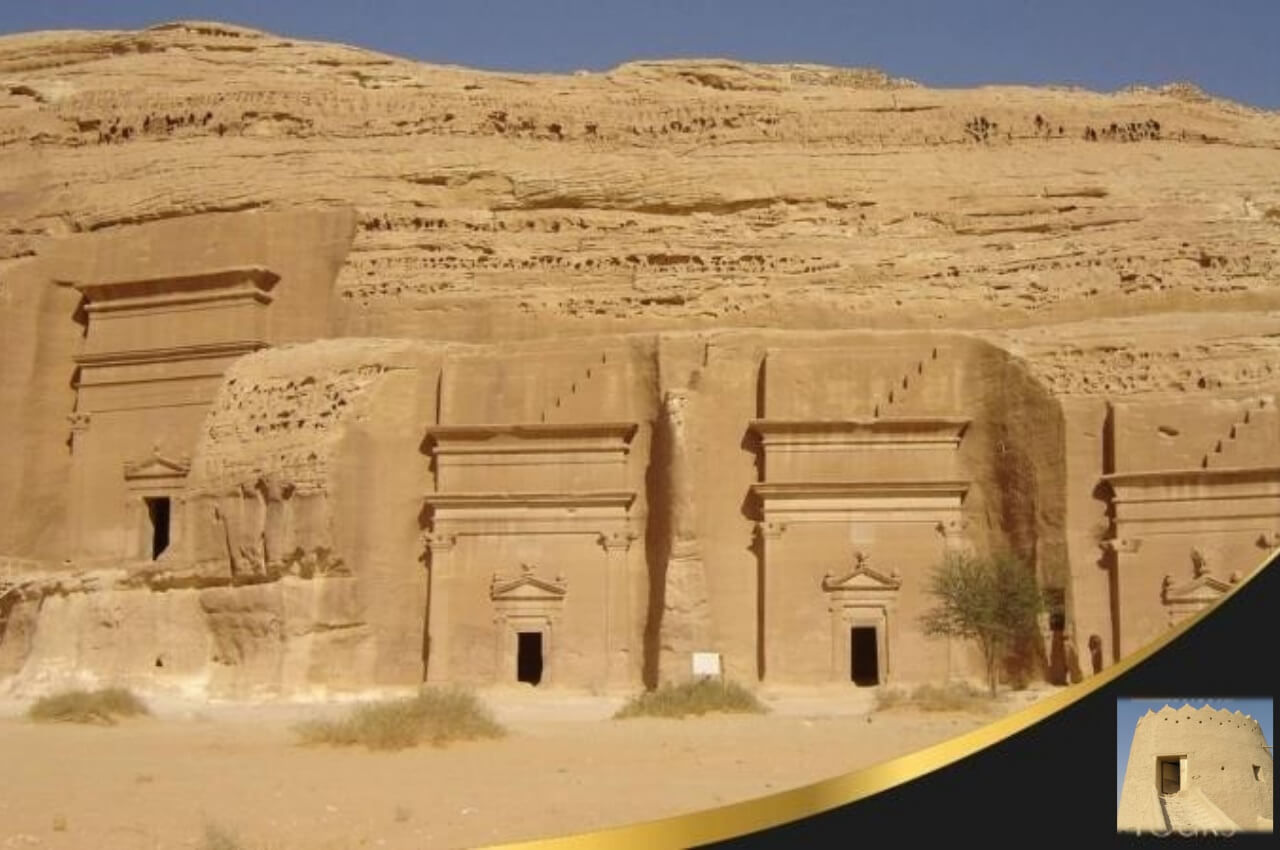
Best of SAUDI ARABIA
Arrive at Riyadh international airport from your home country, meet and transfer to your hotel for check in
Morning visit to Diriyyah, one of the most important sites, from where the history of Al Saud Dynasty began. It is situated in the eastern part of the so-called Najd area in the valley known as Wadi Hanifa, Musmak Fort from outside one of the most important monuments in important historic landmark in the city of Riyadh. This palace was built during the reign of Abdullah bin Rashid in the year 1895 A.D. as military garrison for his army, which operated under a Governor in Riyadh from Hail. Ibn Saud on the 15th January 1902 captured the fort. Lunch at Assaraya Turkish Restaurant, National Museum, a place of learning and discovery, meant to kindle pride in the Arab heritage and reverence for Islam. This national Landmark is composed of eight galleries telling the complete story of Arabian History from the creation of the universe to our modern era, Murabba Palace is among the most important palace built by King Abdulaziz in the year 1937 A.D. Built to accommodate his family, the palace was composed of a number of a residential palaces, service buildings and King Abdulaziz Divan. That same year the King and his family moved in this palace. This palace was built on the local traditional Najid style by using local building material only and Dira
Souq. In the evening fly to Abha departing at 20:10pm, upon arrival meet and transfer to Abha Palace for check in and overnight (B,D)
Morning visit King Faisal Foundation then drive to airport for your flight to Al jawf , afternoon visit Al Rajajil ( Standing stone ) then Zaabal Fort and Saisara water well drive to to your hotel for dinner and overnight
This Morning you will visit Dawmat Al Jandal ( Mared Fort and Omar Bin al Khattab Mosque and local museum )AfterlunchdrivetoElephantrockcarvingnewlydiscoveredanddrovebacktoyourhotelfordinner andovernight
this morning drive to airport for your flight to Jeddah arrive lunch then drive along cornich and open museum then drive to your hotel for dinner and overnight
A morning visit to some of the old Ottoman houses, mostly constructed from coral and reinforced with wood so that beams criss-cross the interior walls. The most beautiful & well known is Nasif House ( from Outside ) and Baashen House which was built during the 1850s by the well-known Nasif Family, one of the most influential trading families in the history of Jeddah. In the 19th and early 20th centuries the house was one of the most important buildings in Jeddah. It was here that King Abdul Aziz spent his first night in Jeddah, as the guest of Mohammed Nasif, after he led his victorious army into the capital of the Western Province. After lunch visit Altaybat Int’l City for Sciences and Knowledge and called ( Abdulraouf Khalil art Museum ) which is a very beautiful museum that houses endless collections of arts, ethnography and archaeology artifacts dinner and overnight
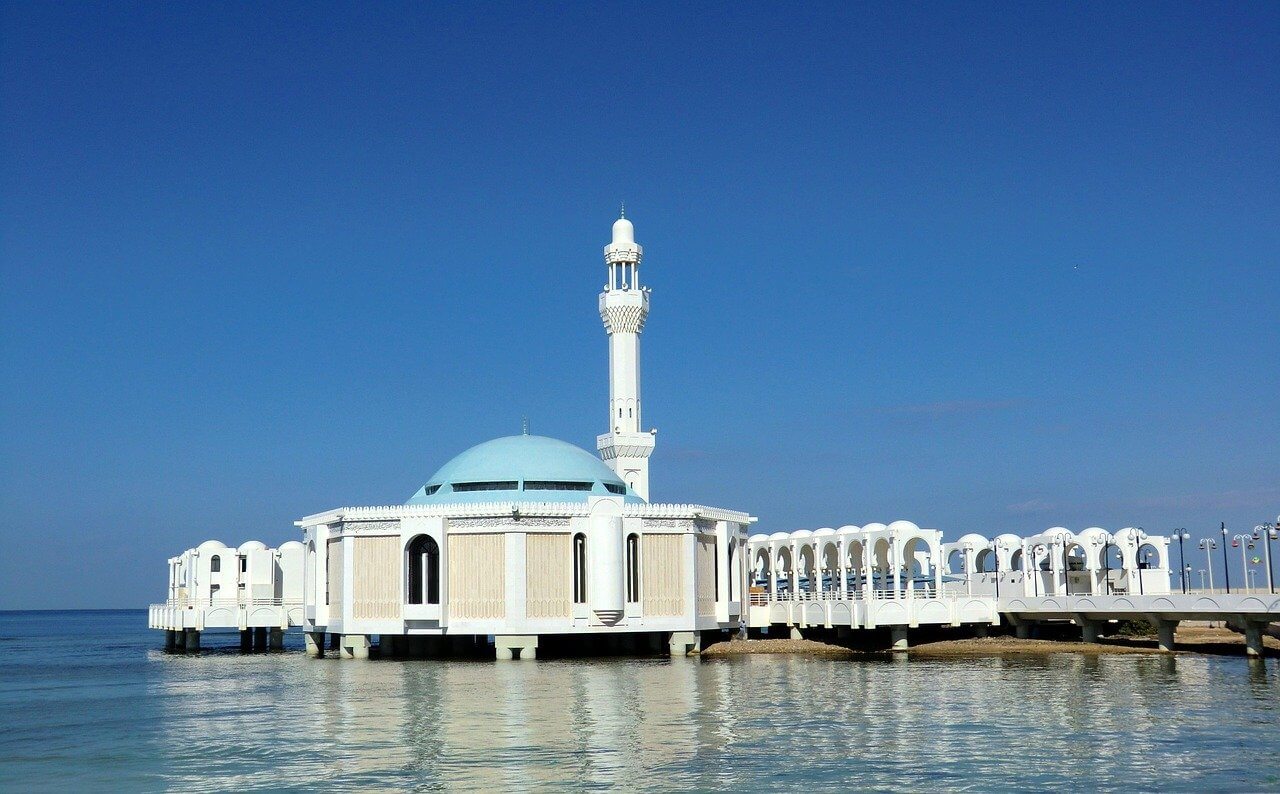
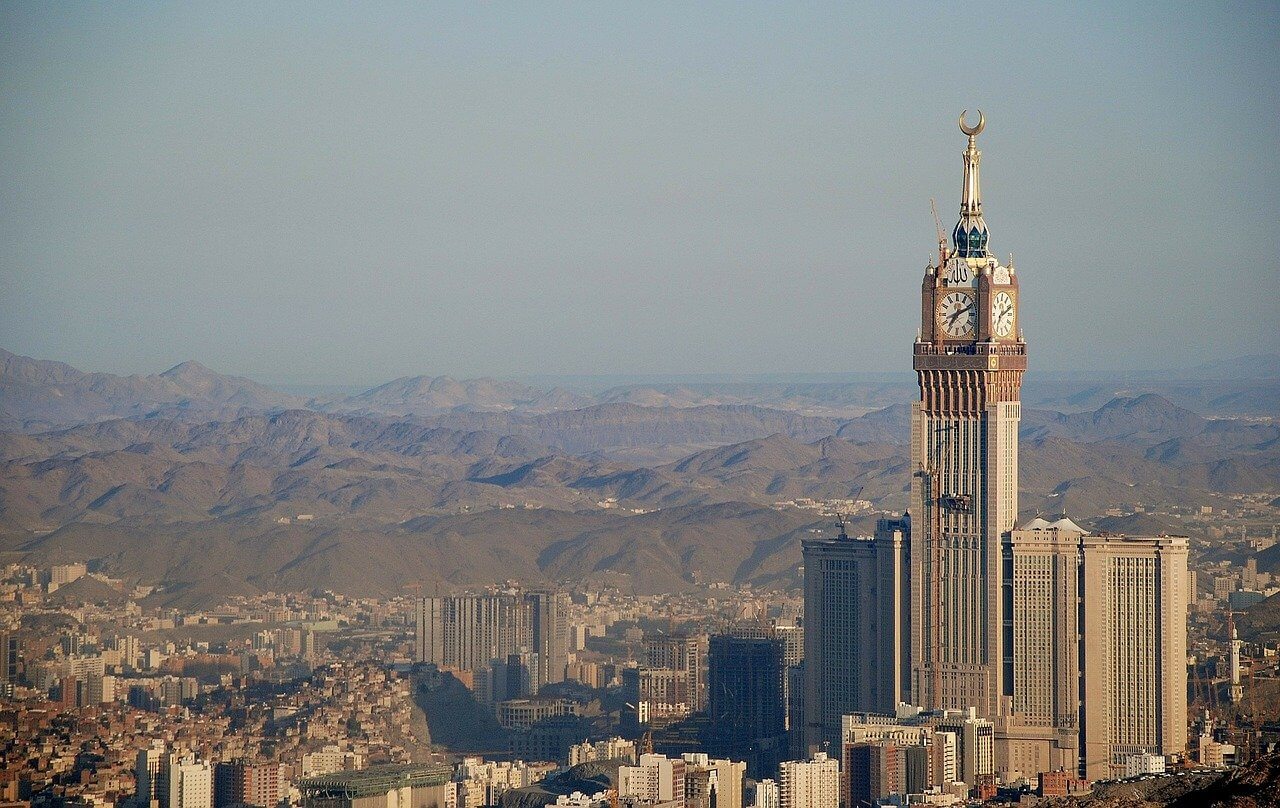
Discover the best of SAUDI ARABIA
Arrive at Riyadh international airport from your home country, meet and transfer to your hotel for check in
Morning visit to Diriyyah, one of the most important sites, from where the history of Al Saud Dynasty began. It is situated in the eastern part of the so-called Najd area in the valley known as Wadi Hanifa, Musmak Fort and Dira Souq one of the most important monuments in important historic landmark in the city of Riyadh. This palace was built during the reign of Abdullah bin Rashid in the year 1895 A.D. as military garrison for his army, which operated under a Governor in Riyadh from Hail. Ibn Saud on the 15th January 1902 captured the fort. Lunch at Assaraya Turkish Restaurant, National Museum, a place of learning and discovery, meant to kindle pride in the Arab heritage and reverence for Islam. This national Landmark is composed of eight galleries telling the complete story of Arabian History from the creation of the universe to our modern era, Murabba Palace is among the most important palace built by King Abdulaziz in the year 1937 A.D. Built to accommodate his family, the palace was composed of a number of a residential palaces, service buildings and King Abdulaziz Divan. That same year the King and his family moved in this palace. This palace was built on the local traditional Najid style by using local building material only and In the evening fly to (B,L, D)
Morning visit camel market on the way to airport then fly to AL ULA @ 13:40 SV 1574 arrive at 15:25 transfer to your hotel for overnight
Full day excursion to archaeological site of Madain Saleh visiting Hijaz Railway Station, Nabatean Well, Qasr Al Bint, Diwan and Al Farid Palace. Wadi Al Ula, gateway to Madain Saleh is known for its Lion of the Lihyanites – predecessors of the Nabataea’s (100 to 500 BC). Madain Saleh was known as “Al Hijr” in the ancient times and served as a stopover on a very prosperous trade route. The cities lie on 9 sq kms
in an area of isolation about 845 Km from Jeddah in the northwestern part of the kingdom between Tabouk and Madinah. Dinner and overnight at the hotel (B,L,D)
This morning visit Khuraiba elephant rock and the old city of AL ULA ( mud village ) then take your flight SV1631@17:00 to Jeddah arrive at 16:20 transfer and overnight at your hotel
A morning visit to some of the old Ottoman houses, mostly constructed from coral and reinforced with wood so that beams criss-cross the interior walls. The most beautiful & well known is Nasif House, which was built during the 1850s by the well-known Nasif Family, one of the most influential trading families in the history of Jeddah. In the 19th and early 20th centuries the house was one of the most important buildings in Jeddah. It was here that King Abdul Aziz spent his first night in Jeddah, as the guest of Mohammed Nasif, after he led his victorious army into the capital of the Western Province. Then visit Altaybat Int’l City for Sciences and Knowledge which is a very beautiful museum that houses endless collections of arts, ethnography and archaeology artifacts. After a lunch at a local restaurant, continue to visit open museum and the Cornish area drive back hotel for dinner and overnight
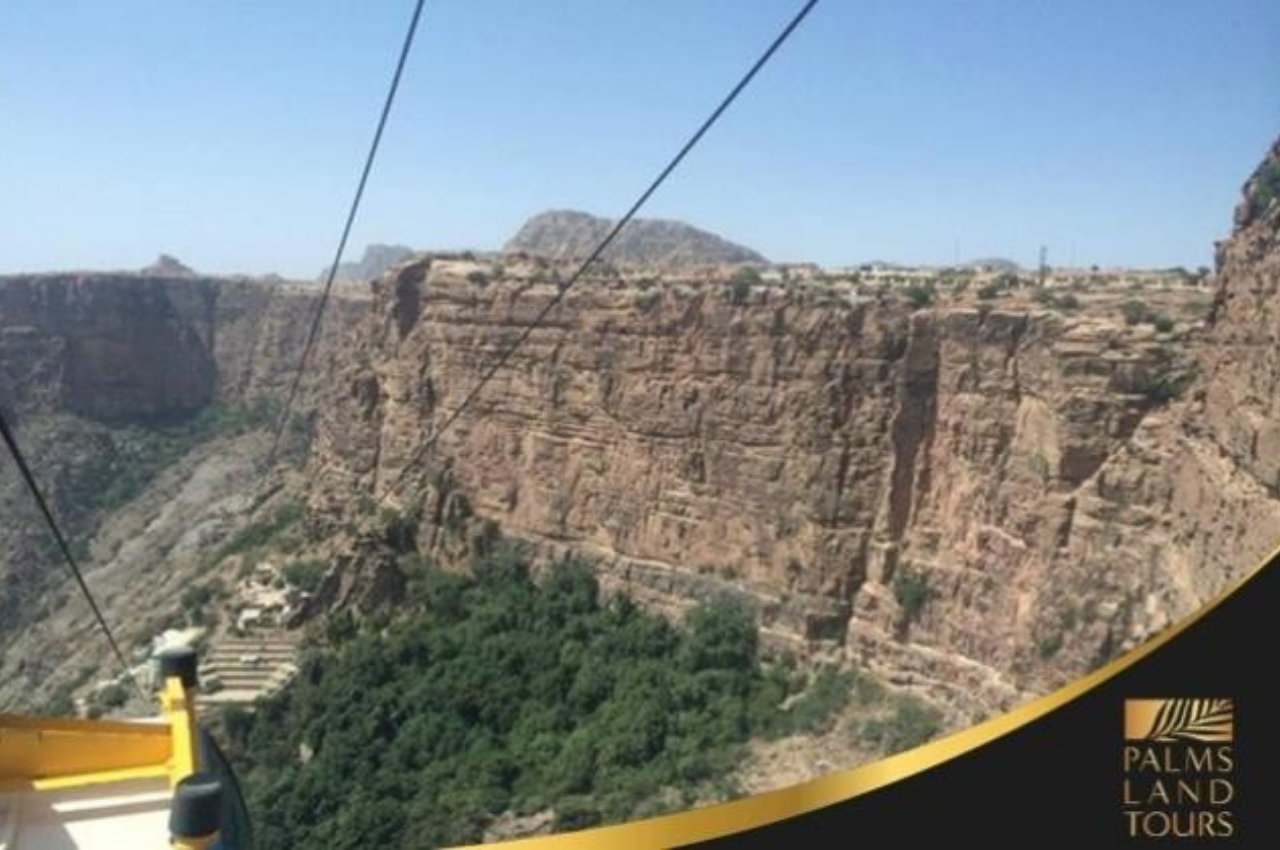

Saudi Arabia... The Amazing Kingdom
Saturday
Arrive in Jeddah, meet, assist and transfer to your hotel for check in and overnight.
Sunday
A morning visit to some of the old Ottoman houses, mostly constructed from coral and reinforced with wood so that beams criss-cross the interior walls. The most beautiful & well known is Nasif House, Baashen House from outside its closed for maintenance if possible will visit from inside which was built during the 1850s by the well-known Nasif Family, one of the most influential trading families in the history of Jeddah. In the 19th and early 20th centuries the house was one of the most important buildings in Jeddah. It was here that King Abdul Aziz spent his first night in Jeddah, as the guest of Mohammed Nasif, after he led his victorious army into the capital of the Western Province. Then visit Altaybat Int’l City for Sciences and Knowledge ( Abdul Rauf Khalil Art Museum ) which is a very beautiful museum that houses endless collections of arts, ethnography and archaeology artifacts. After a lunch at a local restaurant, continue to visit, which displays significant as well as unusual collections. Stop at the corniche of Jeddah (sea-side promenade), a major attraction that acts as an open air museum displaying an array of modern sculptures ana gathering social place for locals. Return to the hotel for dinner and overnight. (B,L,D)
Check out from the hotel and visit the colorful Fish Market before heading to the airport for your midday flight to Abha. Upon arrival, check in at the hotel and head out for the afternoon visit of the traditional baskets’ market and Muftaha Village Art Gallery, and. That evening, visit a typical Saudi home and see how families live and get to have a personal interaction with some wonderful local people. Return to your hotel for dinner and overnight. (B,L,D)
Tuesday
Full day excursion with a visit to Mount Souda, Khamis Mushayt, Visit Some Old villages with Asiri houses stylish then bin Hamsan Village. Asir, with its capital at Abha, is mainly a highland province and includes the entire area of southwest Saudi Arabia till the Yemen border. Perched at the highest point accessible by road, the cable car takes visitors on its 7km ride at an altitude of 2,500 meters. One of the most interesting aspects of the area is its distinctive local people — not least of which the colorful Flower Men of Tihama. Khamis Mushayt, an industrial city about 25 km east of Abha. The city’s antique silver market is its chief tourist draw. An imaginative development, the Al Hamsan Traditional Village on the outskirts of town consists of a stone tower and buildings; including a museum that is replica of an Asir home two decades ago, an auditorium, a traditional restaurant and a gift shop. Lunch at a local restaurant in Bin Himsan
Wednesday
Transfer to airport for flight to Riyadh.
Visit camel market befor afternoon drive to Dirryyah village. The UNESCO world heritage site is where the history of Al Saud Dynasty began. Diriyyah, one of the most important sites, from where the history of Al Saud Dynasty began. It is situated in the eastern part of the so-called Najd area in the valley known as Wadi Hanifa,
Overnight in Riyadh
Thursday
Morning visit Musmak Fort from one of the most important monuments in important historic landmark in the city of Riyadh. This palace was built during the reign of Abdullah bin Rashid in the year 1895 A.D. The reason for building this historic palace was to serve as military garrison for his army, which operated under a Governor in Riyadh from Hail. Ibn Saud on the 15th January 1902 captured the fort. Lunch at Assaraya Turkish Restaurant, National Museum, a place of learning and discovery, meant to kindle pride in the Arab heritage and reverence for Islam. This national Landmark is composed of eight galleries telling the complete story of Arabian History from the creation of the universe to our modern era, Murabba Palace is among the most important palace built by King Abdulaziz in the year 1937 A.D. Built to accommodate his family, the palace was composed of a number of a presidential palaces, service buildings and King Abdulaziz Divan. That same year the King and his family moved in this palace. This palace was built on the local traditional Najid style by using local building material only and Dira Souq. Return to your hotel for dinner and overnight. (B,L,D)
Transfer to Riyadh airport.
Fly to Al Ula. Upon arrival visit drive to your hotel for overnight
Friday
Full Day al Ula and Mdain Saleh , Qasr Al Farid , Qasr Al Bint , Al Dewan , Khuraimat and Nabatean water well
After noon the old city of Al Ula Mud houses Mosa Bin Nusair fort overnight at your hotel
Saturday
Visit Elephant Rock then drive to airport for your flight to Jeddah
Sunday
Transfer to airport for departure.


CLASSIC ITINERARY – HIGHLIGHTS OF SAUDI ARABIA
- Arrive Riyadh and transfer to your
- Overnight at the hotel
- Morning visit historical city of Diryyah, Musmak Fort and Dira
- Afternoon visit National Museum followed by visit to Kingdom Tower Bridge for a panoramic view of
- Overnight at the hotel
The old city of Dirriyyah is located about 20km from the main city center of Riyadh. It is one of the most important archaeological sites from where the history of Saudi Dynasty begins. It is situated in the eastern part of the so-called Najd area in the valley known as Wadi Hanifa. The meaning of Najid is the high plateau, which forms the central part of Saudi Arabia. It is recorded by the chronicles that one of the person known as Ibn Dir, who was also the chief of al-Dir clan of Duru, which was belonging to Bani Hanifa tribe, was ruling this area. He had a vast fertile land in the valley, which he was not able to utilize completely due to lack of thin population of his clan. Therefore, he invited another clan of the same Banu Hanifa tribe to settle down on the fertile area of the Hanifa valley. Therefore, the clan named Murdah comes under the leadership of Mani al-Muraydi in 1446 A.D in Wadi Hanifa. Ibn Dir gave land for the cultivation to the clan in the Wadi
Hanifa and the clan settled down. They were the ancestors of the Al-Saud family who established their first rule at Dirriyya.
The Musmak Fort is one of the most important monuments in Saudi Arabia from where the modern Saudi History begins. It is an important historic landmark in the city of Riyadh. This palace was built during the reign of Abdullah bin Rashid in the year 1865
A.D. The reason for building this historic palace was to serve as military garrison for the Abdullah bin Rashid army who was operating under a Governor in Riyadh from the Hail. His Majesty King Abdulaziz on 15th January 1902 captured the fort.
Dira Souq is famous for its variety of old copper and brass objects including silver daggers, silver Beduins Jewelry and dresses. While entering from main access, one always smells sandal wood fragrance. Dira Souq is worth buying antique carpets and other useful Saudi heritage antiques.
The National Museum, which opened in Riyadh in 1999 to celebrate the centenary of Saudi unification, was the result of an international design competition. The primary custodian of the Saudi national heritage and culture, the Museum is a place of learning and discovery, designed to sing out with quiet excitement and inspiration, to kindle pride in the Arab heritage and reverence for Islam. This national Landmark is composed of eight galleries telling the complete story of Arabian History from the creation of the universe to our modern era.
- Today fly from Riyadh to
- Arrive Abha and transfer to the
- Afternoon proceed for visit to Baskat Market, Muftaha Village Art Gallery, Shada Palace
- Overnight at the hotel
Basket Market of Abha is famous for these heavy duty colorful baskets which are made from reeds and sometimes vinyl. Most of which are handmade. They can be found at good prices and used for just about anything. It is run by mostly Saudi women.
Muftaha Village was founded in 1989 as an attempt to promote the arts in the Kingdom of Saudi Arabia. It has now become a popular attraction and is frequented by tourists and locals alike. This cultural center offers artists studio and exhibition space, and therefore the opportunity to present their unique work to the community. This initiative was the first of its kind; with the Saudi Arabian government’s aim being to bring together individuals passionate about photography, traditional crafts, and fine arts and embrace them.
The city of Abha also includes the famous Shada Palace which dates to the year 1250H (1927 AD), and contains numerous archeological artifacts. It was as an office/residence for King Abdul Aziz’s governors. After being restored, it was reopened as a museum in 1987.
- Proceed for a full day excursion to Mountain Souda, Habala Village, Hamsan Village etc.
- Overnight at the hotel
Asir, with its capital at Abha, is mainly a highland province and includes the entire area of southwest Saudi Arabia till the Yemen border. Asir covers the modern administrative provinces of Jizan, Asir,Bahah, and southern Mecca. The region’s topography and vegetation are varied from the juniper forests of the highlands to the “dawm” palm thickets of the coastal plain. Protected Areas and the Asir National Park have been set up near Abha. Unlike the rest of Saudi Arabia, Asir enjoys quite a high rainfall; its highest mountain range runs from Taif south to the Yemen border and catches the highest rainfall
Mount Souda offers magnificent views and an unforgettable experience. Perched at the highest point accessible by road, the cable car takes visitors on its seven kilometre ride at an altitude of 2,500 metres. One of the most interesting aspects of the area is its distinctive local people — not least of which the colourful Flower Men of Tihama
Al Habala, the location of the first cable car in Asir, is named after an old village located on a steep 400 metre cliff made famous by the people of Al Habala. The inhabitants lived in stone dwelling clinging to the cliff-face for the security and safety found in the rock walls. So sheer was the cliffside that the villagers — men and women — lowered themselves down into ravine on ropes. These rugged and fearless people came to be known as the Rope People of Al Habala.
- Transfer to the airport for your flight to
- Arrive Madinah and drive to Al
- Arrive Al Ula and transfer to Tent
- Overnight at the tent village.
- Visit old houses and
- Continue visit to magnificent archaeological sites of Madain Saleh visiting old houses, museum etc in Al Ula. Then proceed for a full day excursion to archaeological site of Madain Saleh visiting Hijaz Railway Station, Nabatean Well, Qasr Al Bint, Diwan and Al Farid Palace.
- Overnight at the hotel
Wadi Al Ula, gateway to Madain Saleh is known for its Lion of the Lihyanites- predecessors of the Natateans (100 to 500 BC). Madain Saleh is the prime tourist attraction of the Kingdom. It was known as “Al Hijr” in the ancient times and served as a stopover on a very prosperous trade route. The cities lie on 9 square Km in an area of isolation about 845 Km from Jeddah in the northwestern part of Saudi Arabia between Tabouk and Madinah.
- Morning drive from Al Ula to
- Arrive Hail and transfer to the
- Afternoon proceed for excursion to Jubbah rock
- Followed by visit to Qishla and Oraif
- Overnight at the hotel
Jubbah is one of the most interesting places of Saudi Ar abia. It is believed that camel figures carved at Jubbah are the oldest in the Arabian Peninsula. These rock carvings date back to approx. 4000 years.
- Early morning transfer to the airport for your flight to
- Arrive Jeddah and transfer to the
- Morning visit old houses, Nasif House, Fish Market
- Afternoon visit Abdul Rauf Khalil Art Museum, Cornische area to visit Al Rahma Mosque and King Fahd’s
- Overnight at the hotel
Houses were constructed from coral and reinforced with wood so that beams criss- cross the interior walls. Wooden balconies and casement windows are a special feature of Jeddah’s style, with elaborate casements decorating the facades of the old houses – normally there is a small balcony fronting every window. Doors and windows shutters are intricately carved. Some are painted and some remain simply wood with varnish
The Nasif House was built during the 1850s by the well-known Nasif Family, one of the most influential trading families in the long history of Jeddah. In the 19th and early 20th centuries the house was one of the most important building in Jeddah. It was here that King Abdul Aziz spent his first night in Jeddah, as the guest of Mohammed Nasif, after he lead his victorious army into the capital of the Western Province. The Municipality of Jeddah recognized the architectural and historic value of the house and in 1964 it was converted into a museum and put under Government care.
Abdul Rauf Khalil Art Museum is one of the most unusual museums. Its four buildings comprise an electirc hodge-p0dge of more than10,000 weird and wonderful artefacts. One of its main buildings burnt out during 2002.
The cornische of Jeddah is one of the most important archievements of the city and is a major attraction for visitors to Jeddah. As Jeddah’s Red Sea coast extends for more than 80 km, the Munici- pality has made use of this long expanse of waterfront and turned it into place of fresh air for the city.
- Transfer to the airport for your departure
